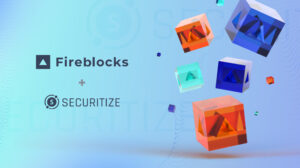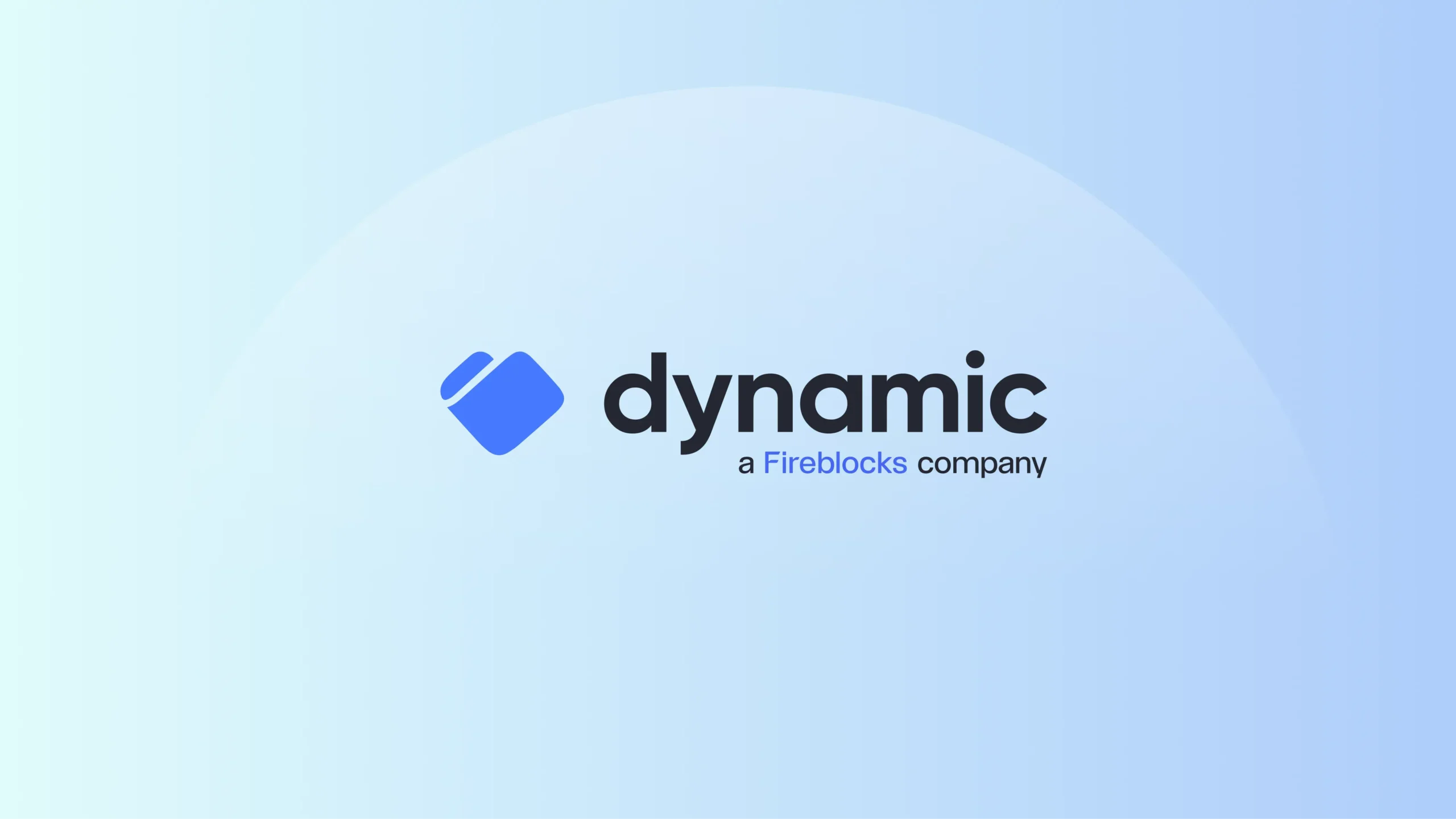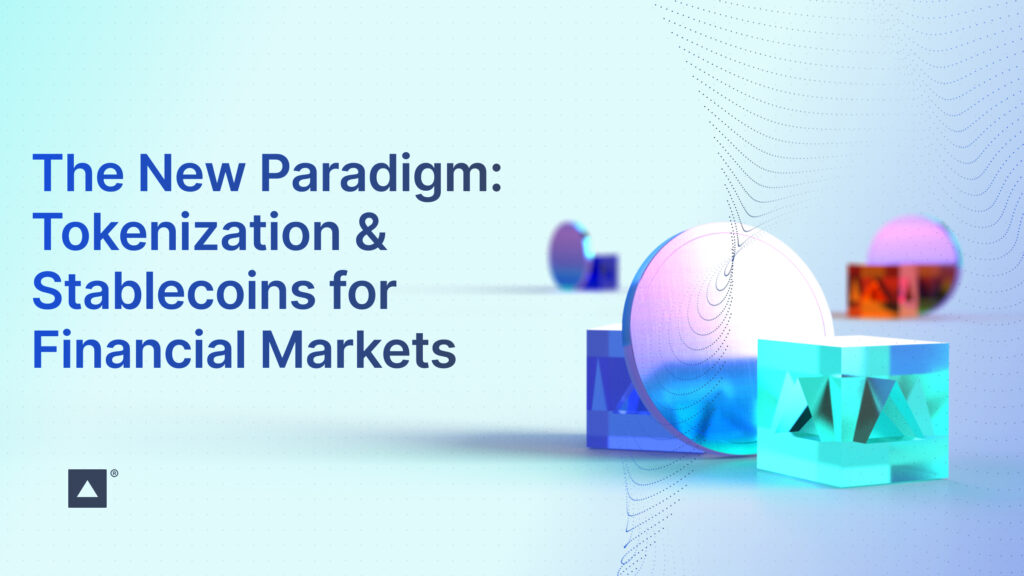In the ever-evolving landscape of global finance, a new paradigm is emerging that promises to reshape assets, investments, and financial transactions at a fundamental level. Welcome to the era of tokenization.
The perfect storm for tokenization
We’re currently witnessing a convergence of factors that are creating the ideal foundation for broader adoption of tokenization. For one, regulatory bodies worldwide are stepping up, issuing and implementing policies that create much-needed guardrails for this innovative space. Simultaneously, mature and credible regulated players are entering the tokenization space, building trust and expanding the ecosystem. This influx of established institutions is complemented by the opening of new markets, creating a larger and more diverse tokenization landscape.
Trusted financial entities like Blackrock, Templeton, Goldman Sachs, ABN Amro, and Bancolombia are making significant moves in the tokenization space. Their involvement is fostering a deeper sense of trust among investors and retail customers alike, encouraging broader participation in tokenized assets. As these global regulated institutions continue to embrace tokenization, we’re seeing a ripple effect of increased confidence throughout the financial sector.
Let’s dive into four key areas where tokenization is making a significant impact with financial use cases: tokenized money and stablecoins, tokenized fund products, tokenized securities, and tokenized real-world assets.
Tokenized money and stablecoins
Tokenized money, particularly in the form of stablecoins, is gaining significant traction, especially in regions grappling with strong capital controls and currency volatility. The appeal of stablecoins lies in their ability to offer 24/7 clearing and settlement, enhanced controls through smart contracts, and stability in volatile markets.
Take Bancolombia, for instance. They’ve launched a digital USD asset, allowing customers in regions with high currency volatility to convert their salaries into a more stable digital currency. This innovative approach not only expands Bancolombia’s share of wallet with customers but also addresses a critical need in volatile economic environments.
Another exciting development in this space comes from Banking Circle, who have launched the first MICA-regulated, bank-issued stablecoin. By leveraging pre-audited smart contracts and APIs, Banking Circle has created a stablecoin that meets rigorous regulatory standards while offering safety, security, and efficiency.
With stablecoin circulation predicted to reach a staggering $1.1 trillion by 2030, it’s clear that tokenized money is set to play a major role in the future of finance. CloudTech has leveraged the Fireblocks Tokenization Engine to achieve quick deployment of their solution, demonstrating the efficiency and flexibility of modern tokenization platforms.
Tokenized fund products
Asset managers are exploring tokenization as a way to revolutionize the $100 trillion managed asset market. The benefits are compelling: yield-bearing assets with instant settlement, cost savings in the fund lifecycle, and the ability to offer bespoke financial services to a broader range of investors.
A prime example of this trend is the collaboration between Securitize and Blackrock. Their BUIDL (BlackRock USD Institutional Digital Liquidity Fund) offering has seen explosive growth, expanding from $40 million to $450 million in assets under management in less than two months. This success story highlights the appetite for tokenized fund products that offer near-instant liquidity and capitalize on the 24/7 nature of blockchain technology.

Securitize integrates Fireblocks to improve its security in the tokenization of real-world assets
Meanwhile, companies like Moniflo are using tokenization to make sustainability funds more accessible to retail investors. By leveraging tokenization technology, Moniflo has been able to automate workflows, enhance security, and ensure business continuity – all while increasing the accessibility of sustainable investment options.
With projections suggesting that $600 billion will be in tokenized assets by 2030, the tokenized fund product space is poised for significant growth.
Tokenized securities
The tokenization of stocks and bonds is gaining momentum, offering benefits such as seamless asset transfers, 24/7 trading across geographies, and improved liquidity for traditionally illiquid assets.
ABN Amro has been at the forefront of this trend, exploring blockchain technology to deliver traditional assets in innovative ways. By focusing on safety, scalability, and ecosystem engagement, ABN Amro has successfully entered the tokenized securities market, creating new value for its clients.
The potential of tokenized securities is further exemplified by Project Eden, spearheaded by the Tel Aviv Stock Exchange. This initiative involved 12 institutional banks and successfully demonstrated the feasibility of tokenized securities at a significant scale, as well streamlining processes, reducing costs, shortening the duration of issuance and clearing of state bonds, improving transparency, and mitigating risks.
Tokenized real-world assets
Perhaps one of the most exciting areas of tokenization is its application to real-world assets. By creating tradable on-chain tokens representing shares in assets like real estate, commodities, and art, tokenization is lowering barriers to entry, increasing liquidity, and offering more opportunities for diversification among retail investors.
DigitalX, for example, has launched the ‘DxART Fund’ in Australia, offering fractional ownership of properties to help address the housing deposit affordability gap. This innovative approach increases accessibility to real estate investments for retail investors who might otherwise be priced out of the market.
Similarly, Tres Homes has created a platform that allows investors to buy fractions of high-demand properties in the short-term rental market. What sets Tres Homes apart is their social impact component – each “terna” token sold contributes to building a home for families in need, appealing to socially conscious investors.
The tokenized alternative assets market, including real estate, carbon credits, art, commodities, and metals, is projected to reach $200 billion by 2030, underscoring the enormous potential in this space.
The road ahead
As we look to the future, it’s clear that tokenization is not just a technological novelty but a transformative force in financial markets. We’re seeing increased institutional involvement lending credibility to the space, a strong focus on regulatory compliance paving the way for mainstream adoption, and an emphasis on creating new value propositions rather than simply digitizing existing processes.
The growing interest in fractional ownership models, particularly for traditionally illiquid assets, points to a future where investment opportunities are more accessible and diverse than ever before. As the market continues to mature, we can expect to see further innovation and adoption of tokenization across a wide range of financial products and services.
The tokenization revolution is here, reshaping the financial landscape and opening up new possibilities for investors and institutions alike. As we move forward, one thing is certain: the future of finance is tokenized, and it’s a future full of exciting potential.


